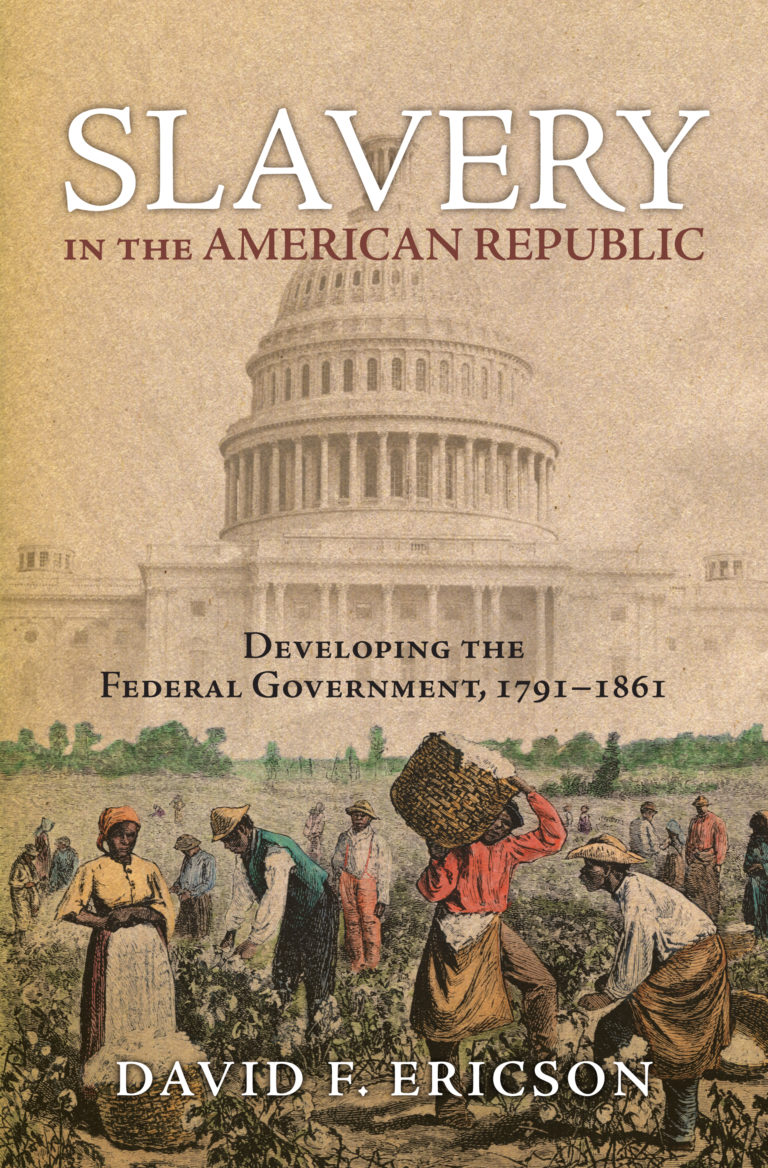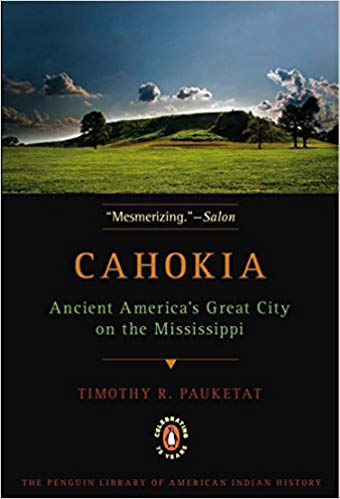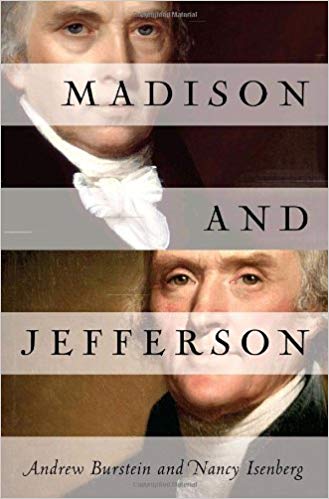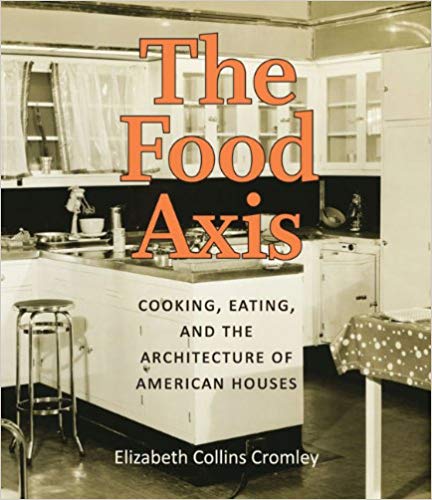A Voice Inside My Own
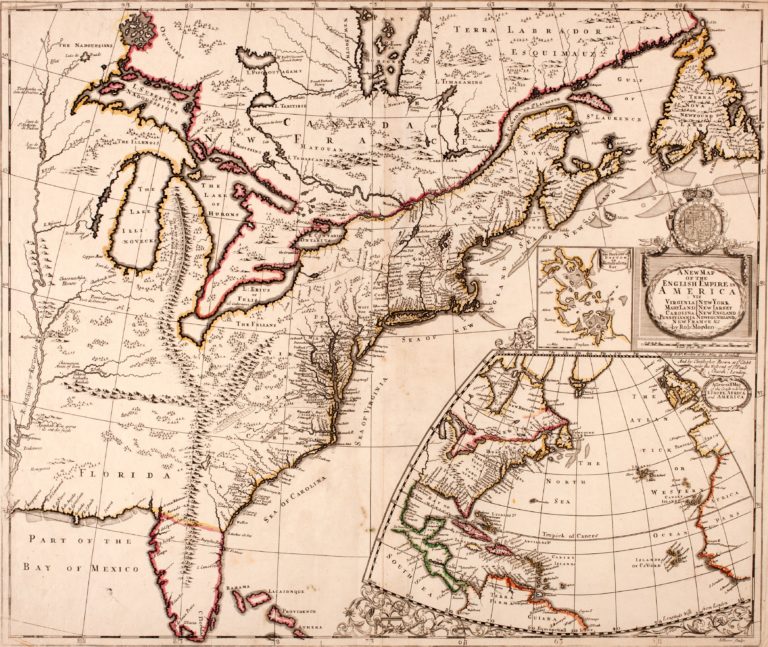
Anne was oppressed and it is difficult for me to write her. I don’t want to oppress her further and when I write her I feel sometimes her pressing back on me and this awareness of pressure is important if I want to write Anne because finding her Spirit or Soule among the words that she inhabits. She inhabits the words that are her speaking.
I desire to speake one word befor you proceed:
What law have I broken?
What breach of law is that
to speak what they would have me to speak
I speak not of
expressinge any Unsatisfaction
I must keep my conscience.
I desire to hear God speak
I desire to speak to our teacher.
Now if you do condemn me for speaking what in my conscience I know to be truth
speake playnelye whether you thinke
I must either speak false or true in my answer.
I desire you to speake
to that place
the meanness of the place
I came first to fall into
my Imprisonment
I fear I shall not remember it whan you have done.
If one shall come unto me in private, and desire me seriously
comes to me in a way of friendship privately
come in the flesh
open it unto me
I will willingly submit
what rule have I to put them away?
the elder women should instruct the younger
in a way of friendship
I then entertain the saints
I entertain them that fear
I entertain them, as they have dishonoured their parents I do
Do you think it not lawful for me to teach women?
If one shall come unto me
a friend came unto me
I had set my hand
I had not my hand
held them unlawful
held before as you
In what faction have I joined with them?
did I entertain them against any act
What breach of law is that Sir?
I hear no things laid to my charge
I did not come hither to answer to questions of that sort.
If I sound repetitive I’m repeating Anne. Anne repeating words repeated in text before as “proceedings” or transcripts in copied forms and reprinted in books and taken and retaken down, especially in the case of the trial “before the Church in Boston” because the text that is still here as a Body is a copy made by Ezra Stiles. This was then copied and put in books but those people who copied were not good spellers. Copies are a spell bound in text.
So I’m again copying here and maybe I’m a better speller but if you copy someone’s mistakes doesn’t that mean you made a mistake? I don’t want to make a mistake. I don’t want an Argumentum ad nauseum because that is an argument based on the fallacy that just because something is repeated makes it right. I don’t want Anne to just repeat. I want Anne to reappear.
conscience, Sir.
| An oath Sir | Sir, but | |
| when they preach | Sir prove it | |
| breach of law
is that |
||
| No Sir, Prove this then Sir |
||
| You know Sir | ||
| Name one Sir. | ||
| what he doth declare though he doth not know himself | ||
| in regard of myself I could, | pray Sir | |
| That’s matter of conscience, | ||
| No Sir I do not believe that |
||
| Ey Sir | Ey Sir | |
| Yes Sir. | ||
I do fear the
matter of conscience,
as they do
If it please you by authority to put it down I will freely let you for I am subject to your authority.
What I can’t name often lives at the back of my mouth in Spirit and it’s distracting to me because I can’t deal with not saying what I want to say. When I can’t say it makes me stop.
Writing is different I have a dictionary and a thesaurus and I can get lost in meaning and connections between words but saying is different. If I stop there is a time expectation and this makes me anxious so even more I can’t speak and the words’ Body is lost and Spirit is lost and Soule is lost and the words get swallowed up. So if there’s a passage of time where someone is quiet for a hundred years is a lot of words getting swallowed up and lost and how many survive. If there’s almost four hundred years words swallowed. Not tinny satellite delay. Not musty book delay. Not can’t say not wasn’t said not thought better about. Words taken away. Like the Bodies and Soules, the Bodies lying in the Grave rising agayne gives me the creeps resurrection words. Saying words that have a history carries that history carries the anxious expectation out of the Grave where it was lost. Now the word reaches and touches my ears unwarmly brutish. I am not familiar. I sit down and word by word come together.
Redemption is not Resurrection. Reread is not Rewrite is not Respeak. Speaking is never vayne conversation because it is Speaking and not Respeaking even if its Body dies not the Soule or the Spirit. Certain things go on living whether or not they’re written and whether they’re spoken they stay with you. Their Body dies but tell me their Soule dies.
the Body that dyes shall rise agayne
but what Body shall rise
prove that both soule and body are saved?
I am redeemed
inquire for Light
in private.
in the sight of God
Though I never doubted that
the Soule was Imortall yet …
did not come to
inquire for Light
see fadeth away like a Beast.
in the sight of God
And I see more Light a greate deal by
God indeed,
it is cleare to me or God by him hath given me Light.
I doe thanke God that I better see
for I never kept my Judgment from him.
I think the soule to be nothing but Light.
Yes I doe, takinge Soule
for Light
returned to God indeed, but the Soule dyes
The Spirit is immortall indeed
but prove that the Soule is.
the Soule dyes
the spirit that God gives returnes
returnes to God that gave it.
Castinge the soule into Hell
there was none with me but myself
I took Soule for Life.
I thank the Lord I have Light
It’s important to speak about God when you’re speaking about Anne. The magistrates deciding Anne’s sentence thought Anne said God spoke to her, but they did not believe God spoke to her. I don’t mean they didn’t believe in God because they did. Maybe they were frightened of believing God spoke to Anne. Frightened of believing God was that sort of God that could speak to Anne. Anne is speaking to me and I’m trying to write Anne but it is difficult.
answer me this
to prevent such aspersions
Being much troubled to see the falseness
I came afterwards to the window
wherein he shewed me the sitting of the judgment and the standing of all high and low
he showes that he dyes
he hath let me see which was the clear
But now having seen him which is invisible
I do not remember that I looked upon
writings you should see
though there be a sufficient number of witnesses
Shew me whear thear is any
answer before you
let me see
It is more than I know.
I desire you to answer
proves it that speakes soe.
If there was witchcraft involved recall those and the witchcraft inside Soules. It must be that sort of witchcraft if we can say one atom acts and another atom miles miles away they act that is empathy which is witchcraft. These are Soules how they have a connection to being so it is a connection to everything which you cannot waste.
Do not be afraid of when they tell you it is witchcraft I would tell you, Anne. Witchcraft is the Soule in aggression in assertion also it is in passion. The Soule messy risks obedience and if you wait the interpretation drags you under in its husbandry. Cleanly speech falls under the heading of prophesy and is not subject to control. If you choose in your speech this arrangement reaches more easily and acts and connects to speech more these parts of speech you hardly control like predicate and deixis. Anne is here. I hear her.
So to me by an immediate revelation.
the voice of Moses
said
bring proof of these things
the voice of John Baptist
said
I find things not to be as hath been alledged
the voice of antichrist
said
but that is to be proved first.
Do you think it not lawful
and why
this is a free will offering
if you do condemn me for speaking
for I am subject to your authority.
for all those voices are spoken of in scripture
those voices are
of my own heart
those voices are
Obliterated }
what hath bine spokin
it shall rise,
but what Body shall rise,
if he be not united to our fleshly Bodies, than those Bodies cannot rise.
held them
fleshly Bodies
have I joined with them?
whan I sayd I had pleaded for them as much as others
I ment only in seekinge Comfort from them.
Statement of poetic research
I will admit first of all that the word “statement” makes me uneasy. It is more comfortable for me to ask questions and give examples than to make a statement. In the work presented here, which uses as its source-text the transcriptions of the court and church trials of Anne Hutchinson, questions are the starting point for my text. Questions are the nature of research.
But I believe a lot was asked of her. I was first provided the transcripts of the trials in a graduate course on the history of secularization that used questions around this text and its context as a starting point. Anne Hutchinson was considered a heretic by those who were questioning her in the trials, by both the city and church officials—though that is a difficult distinction to make of the highly orthodox early Bostonians. It is interesting to me that, as an unorthodox woman in the midst of a generation seen as an important seed of American democracy, she causes so much trouble—both for the orthodox establishment of the Bay colony and for our own founding myths. Anne Hutchinson was a religious dissident and was punished for it. What I couldn’t help gathering from the transcripts was that, while she was answering the questions of the magistrates, frequently being coy, her own questions were never answered. This is what spurred me to re-take her words, to find the questions I hear her asking and bring them back into conversation.
This work is a combination of my text and Anne Hutchinson’s. My own writing is part empathetic response to the difficulties I heard in her voice, as her beliefs and womanhood were dissected, and part meditation on her own, and the transcripts’, place in America’s history. Each verse line of Hutchinson’s text in the work is a line reproduced from the transcription; my intention is to preserve her diction and her concerns. There are questions even here, however. Is a transcription an authored work? If the words are being spoken, is the voice then the author or is it the person who attempts to set the voice on paper—is Anne Hutchinson the author of these transcripts? Is authoring a form of creating or one of capturing? Conversely, is re-contextualizing also a re-authorizing? Giving in to various kinds of authority over the text allows it to be opened in different ways. Certain frames are required for the presentation of a text. My own authority here, my taking, hampers how you read Anne Hutchinson’s words. Yet, in the case of my authority as a reader, she calls out to me to want her voice to be captured, at the very least in how her words and faith can speak out from the page. In this sense, we can be subject to her authority if we allow ourselves to listen.
If a person can be said, at all, to be alive today when they have passed away long ago, it would seem to be in her voice, speaking in her words that were once “taken down,” written. Just as the soul is often said to reside someplace in the body that is non-physical and non-anatomical, though usually somewhere in the chest, so too the voice arises seemingly miraculously from the same chest, perhaps even from the same source. The written word, in turn, emulates this voice, allowing it to live timelessly, albeit in a bound format. Thus, I am interested in unbinding Anne Hutchinson’s voice from the trials, from the magistrates’ questions, from transcription.
As I have grown more familiar with Anne Hutchinson, the historical person, and her life before and after the trials, the more she speaks to me as “Anne” through the words she has chosen, the words that have been taken. I cannot be sure if she has revealed her voice to me the way she felt revealed to by her God, but I do feel a scary closeness to her, a spooky action-at-a-distance, like her words are somehow also mine but separated, by time. When I read the transcripts, in my voice, when I read her words, they came out from my body. Something was being transmitted, so I felt I must take it down.


